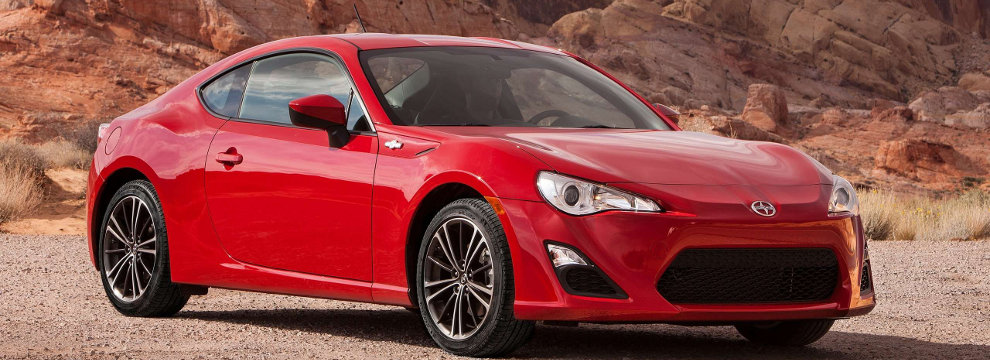
Car Care - Anti-Freeze Facts
The coolant in your vehicle is a mixture of water and a chemical. It's purpose is to protect your engine, both in cold weather and in high-temperature conditions.
Because your engine is "water-cooled," in other words it is cooled using water, this means there is water inside your engine and cooling system components, like the radiator. If it were not mixed with something to prevent it from freezing at 32 degrees Fahrenheit, this water could freeze and severely damage your engine. A chemical called ethylene glycol is the most widely used chemical in anti-freeze today.
Warning: Do not allow anti-freeze to contact your skin, or any painted surfaces on your vehicle. Rinse off spills immediately with plenty of water. Anti-freeze is highly poisonous if taken internally. Anti-freeze has a sweet odor, which attracts children and animals. Therefore, do not store anti-freeze in an open container or leave puddles on the floor of your work area. Most communities have anti-freeze collection centers where anti-freeze can be disposed of properly. Do not dump used anti-freeze down the drain or on the ground.
Anti-freeze not only protects your engine components from freezing (down to at least -20 F), it also helps inhibit corrosion and increases the coolant boiling point so that in even extremely hot conditions, your engine does not overheat.
Some engines today have aluminum cylinder heads. These engines require a specific type of anti-freeze. For various other reasons manufacturers will recommend a specific type of anti-freeze. Experts urge car, truck, van and SUV owners to follow the manufacturer's recommendations with regard to the type of anti-freeze you use and to not mix different types.
You can purchase a hydrometer from an auto parts store to test whether or not the anti-freeze in your vehicle is still useable. For a few dollars, this simply-operated instrument is worth the investment.
Many vehicle manufacturers recommend changing the anti-freeze every other year. Using anti-freeze longer than this can result in corrosion, and the formation of scale and rust in the cooling system. Drain, flush, and re-fill your cooling system every other year, following the instructions in your vehicle-specific repair manual or an online manual, before adding new anti-freeze.
The coolant in vehicles is actually a mixture of 50% water and 50% anti-freeze. Follow recommendations in your vehicle's owner's manual. Do not use a mixture of more than 70% anti-freeze.











